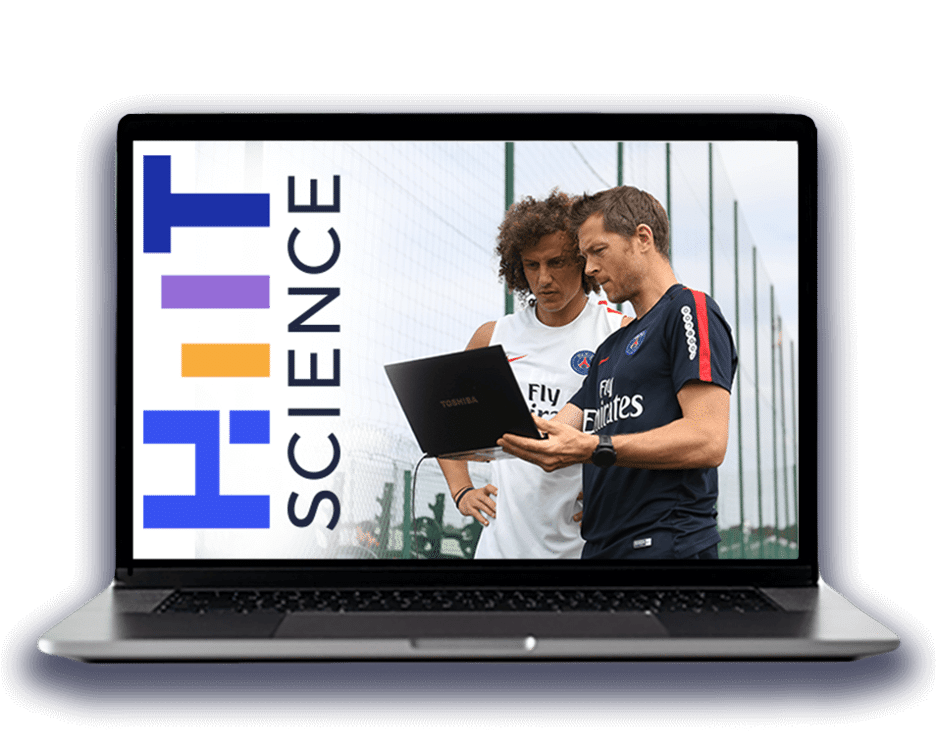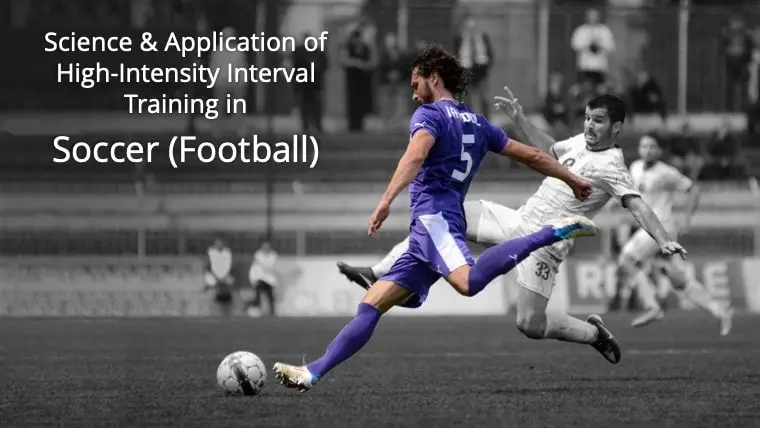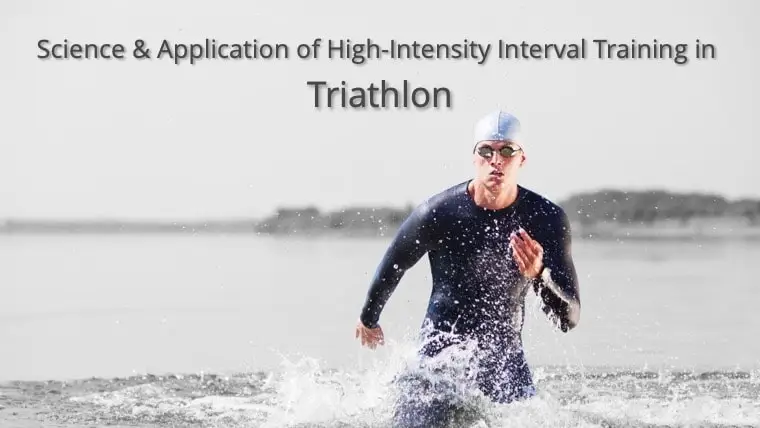The world of elite athletics has long struggled with a fundamental disconnect between groundbreaking scientific research and practical application in training environments. While laboratories produce groundbreaking findings about human performance, coaches and athletes often struggle to access or effectively implement these discoveries. This gap represents one of the most significant challenges facing modern sports performance training, where the difference between winning and losing can be measured in milliseconds or millimeters.
The Critical Divide in Modern Sports Performance
Academic Research Isolation
Sports science researchers dedicate years to understanding the physiological mechanisms that drive athletic excellence. Their work reveals crucial insights about energy systems, neuromuscular adaptations, and recovery protocols that could revolutionize training for athletes across all disciplines. However, these valuable discoveries frequently remain trapped within peer-reviewed journals, written in technical language that creates barriers for practical implementation.
The frustration within the academic community is palpable. Researchers witness their potentially game-changing findings having minimal real-world impact, despite their relevance to improving athletic performance. This disconnect undermines the very purpose of sports science research, which should ultimately serve to enhance human performance capabilities.
Implementation Challenges in Elite Sport
On the training ground, coaches and performance specialists face their own set of obstacles when attempting to integrate scientific principles into their high-performance training programs. Time constraints, resource limitations, and the overwhelming volume of published research create significant barriers to the implementation of evidence-based practice.
Elite coaches often rely on traditional methods and personal experience rather than cutting-edge research, not due to resistance to innovation but because accessing and interpreting academic literature proves challenging within their demanding schedules. This creates a paradox where those who could most benefit from advanced sports science remain disconnected from its findings.
The HIIT Science Revolution: A Model for Integration

Founders with Dual Expertise
Paul Laursen and Martin Buchheit represent a unique breed of professionals who bridge both worlds of sports science. With two to three decades of experience spanning academic research and practical coaching, they understand the fastest way to become a sports performance specialist who can effectively translate laboratory findings into performance training sports protocols.
Their extensive publication record in scientific journals, combined with hands-on experience working with elite athletes, provides them with unparalleled insights into how research can be effectively transformed into performance gains. This dual perspective forms the foundation of their innovative approach to sports performance education.
The Two-Pillar Framework
HIIT Science operates on a comprehensive two-part system designed to maximize knowledge transfer from research to practice:
Part 1: Scientific Foundation Building
The program’s first component encompasses ten detailed chapters covering essential principles of high-performance that underpin effective training methodologies. These chapters distill complex research findings into accessible, actionable insights that practitioners can readily understand and implement in their training environments.
Each chapter builds upon previous knowledge, creating a solid theoretical foundation that enables coaches and athletes to understand not just what to do, but why specific training methods produce desired adaptations. This understanding is crucial for developing the critical thinking skills necessary for successful high-performance training implementation.
Part 2: Real-World Application Insights
Twenty experienced professionals from high-performance sport environments contribute their practical experiences applying these scientific principles. These contributors provide concrete examples of how theoretical knowledge translates into successful training programs and measurable performance improvements.
The diversity of contributors ensures that various sports and training contexts are represented, demonstrating the universal applicability of evidence-based high-performance training principles across different athletic disciplines.
The Synergistic Approach to Performance Enhancement
Why Integration Matters
The power of the HIIT Science methodology lies in its integrated approach, where scientific foundation and practical application work synergistically. Neither component can stand alone effectively in the complex world of high-performance training.
The scientific foundation provides the theoretical framework necessary for understanding training principles and adaptations, while the practical applications demonstrate how these principles perform in real-world scenarios with actual athletes. This combination ensures that practitioners receive both the knowledge base needed to understand training science and the practical wisdom required to implement it successfully.
Evidence-Based Decision Making
This integrated approach transforms how coaches and athletes make training decisions. Rather than relying solely on intuition or tradition, practitioners gain the ability to make evidence-based choices supported by both research findings and proven practical application.
The confidence that comes from understanding both the “why” and “how” of training methods enables more effective program design, better athlete buy-in, and improved performance outcomes in high-performance training environments.
Impact Across the Performance Ecosystem
Transforming Coaching Practice

High-performance training coaches benefit enormously from access to evidence-based methods that have been validated in both research settings and practical applications. This dual validation provides the confidence needed to implement new approaches while understanding the scientific rationale behind training decisions. Whether you want to become a better athlete or coach, this comprehensive education enables adaptation of principles to specific contexts rather than blindly following prescriptive programs.
The comprehensive nature of the education enables coaches to adapt principles to their specific contexts rather than blindly following prescriptive programs. This flexibility is essential in high-performance training, where individual athlete needs and sport-specific demands require tailored approaches.
Advancing Research Relevance
Academic researchers gain valuable insights from seeing their work translated into practical applications. This connection provides crucial feedback on the real-world relevance of their studies and can inform future research directions to improve practical applicability.
The collaboration between researchers and practitioners creates a feedback loop that enhances the quality and relevance of sports science investigations, ultimately advancing the field’s contribution to athletic performance.
Optimizing Athlete Development
Athletes represent the ultimate beneficiaries of this integrated approach to high-performance training. Training programs that incorporate the latest scientific findings while being refined through practical experience maximize the potential for performance improvements while minimizing the risk of implementing unproven methods. For any athlete looking to become a better athlete, this evidence-based approach enhances understanding of training principles, leading to better compliance and more effective self-monitoring during both training and competition phases.
Global Expansion and Future Directions
International Implementation
The expansion of HIIT Science principles to China, led by Professor Yongming Li, demonstrates the universal applicability of bridging sports science research with practical high-performance training implementation. The partnerships with NSCA Germany and Spain further establishes the international relevance. These international collaborations showcase how evidence-based approaches transcend cultural and geographical boundaries in the pursuit of athletic excellence.
The Chinese market’s emphasis on scientific training methods and high-performance athletics creates an ideal environment for implementing these integrated approaches, potentially accelerating the adoption of evidence-based practices in elite sport globally.
Technological Integration
Modern high-performance training increasingly relies on technology for monitoring, analysis, and optimization. The integration of scientific principles with practical application becomes even more powerful when combined with advanced monitoring systems that provide real-time feedback on training responses and adaptations.
Wearable technology, biomechanical analysis systems, and physiological monitoring devices enable the precise application of scientific principles in training environments, creating opportunities for unprecedented optimization of high-performance training programs.
The Future of Evidence-Based Performance
Continued Evolution
The field of high-performance training continues to evolve rapidly, with new research findings constantly emerging and training technologies advancing at an unprecedented pace. The integrated approach pioneered by HIIT Science provides a framework for continuously incorporating these advances into practical training applications.
Success in modern high-performance training depends on the ability to adapt and integrate new knowledge while maintaining focus on proven principles. This requires ongoing collaboration between researchers and practitioners to ensure that scientific advances translate into performance improvements.
Building Sustainable Systems
Long-term success in high-performance training requires building sustainable systems that can continuously evolve and improve. The integration of scientific research with practical application creates a foundation for ongoing development that benefits all stakeholders in the sports performance ecosystem.
Conclusion: The Path Forward
The HIIT Science approach represents a significant advancement in translating sports science research into practical high-performance training applications. By combining rigorous scientific foundation with extensive practical experience, this methodology addresses the long-standing disconnect between academic research and athletic performance.
The success of this integrated model depends on continued collaboration between researchers and practitioners, ensuring that both theoretical knowledge and practical wisdom inform training decisions. As the sports science field continues to evolve, approaches like HIIT Science will become increasingly important for maximizing athletic potential through evidence-based methods.
For coaches, researchers, and athletes seeking to optimize performance through scientific principles, this integrated approach offers a proven pathway for bridging the gap between knowledge and application. The combination of solid scientific foundation with real-world implementation experience provides the comprehensive framework needed for success in modern high-performance training environments.
The future of athletic performance lies not in choosing between science and practice, but in creating synergistic relationships that leverage the strengths of both approaches. The HIIT Science model demonstrates that the most effective high-performance training methods emerge when academic research and practical experience work together, creating benefits that extend throughout the entire sports performance ecosystem.







